Have any questions?
Get in touch-
Tel : +86 18355532477
-
Whatsapp : +8618355532477
-
Email : 247137166@qq.com
-
Skype : 247137166@qq.com
Have any questions?
Get in touchTel : +86 18355532477
Whatsapp : +8618355532477
Email : 247137166@qq.com
Skype : 247137166@qq.com
Metal Surface Treatment Process Collection | Lasercladdingtech.com
Mar 03 , 2021Definition of metal surface treatment:
Surface treatment is a process of artificially forming a surface layer on the surface of the base material that is different from the mechanical, physical, and chemical properties of the base. The purpose of surface treatment is to meet the product's corrosion resistance, wear resistance, decoration, or other special functional requirements. For metal castings, our more commonly used surface treatment methods are mechanical polishing, chemical treatment, surface heat treatment, spraying surface, etc.
1. Surface heat treatment:
A.Surface Hardening:
Surface quenching refers to a heat treatment method in which the surface layer is austenitized by rapid heating without changing the chemical composition and core structure of the steel to strengthen the surface of the part.
The main methods of surface heat treatment include flame quenching and induction heating heat treatment. Commonly used heat sources include flames such as oxygen-acetylene or oxy propane, induction current, laser, and electron beam.
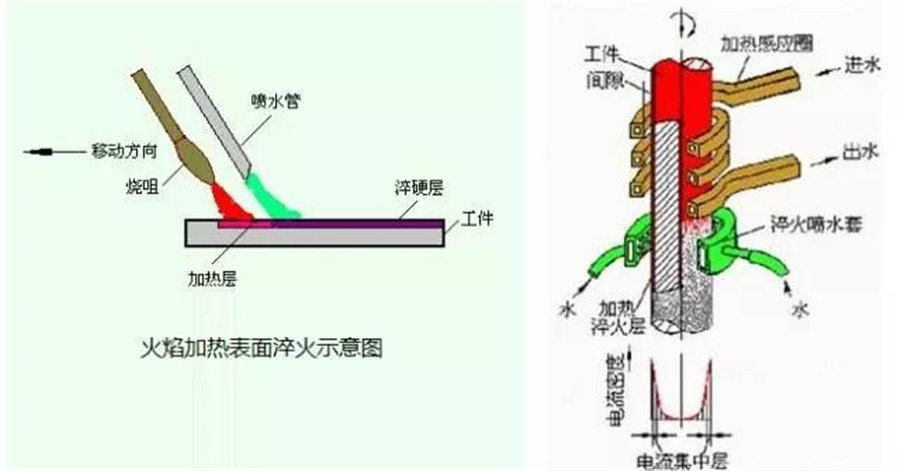
B. Induction heating
A method of using alternating current to induce huge eddy currents on the surface of the workpiece to quickly heat the surface of the workpiece.
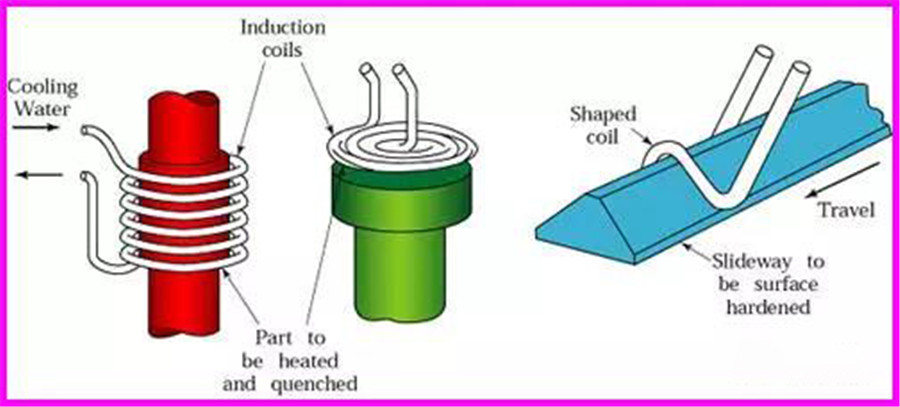
Induction heating is divided into:
1. High-frequency induction heating, the frequency is 250-300KHz, and the depth of the hardened layer is 0.5-2mm;
2. Intermediate frequency induction heating, the frequency is 2500-8000Hz, and the depth of the hardened layer is 2-10mm;
3. Power frequency induction heating, the frequency is 50Hz, and the depth of the hardened layer is 10-15mm.
C. Flame heating
The method of using acetylene flame to directly heat the surface of the workpiece. The cost is low, but the quality is unstable.
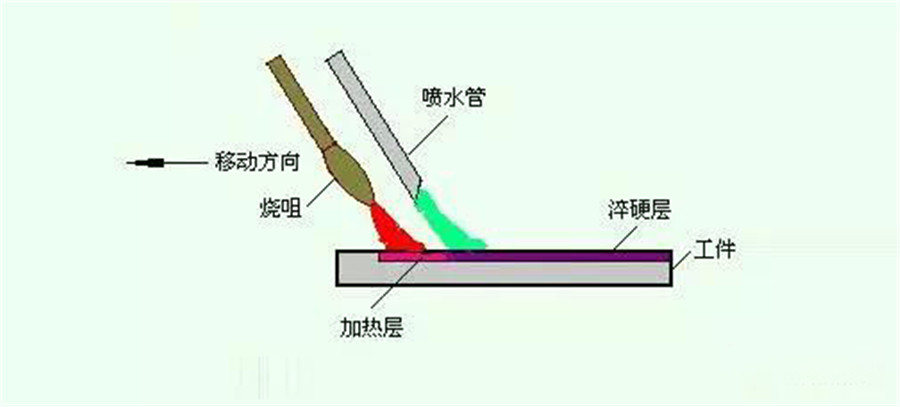
D. Laser heating:
A method of heating the surface of the workpiece with a high-energy-density laser. High efficiency and good quality.
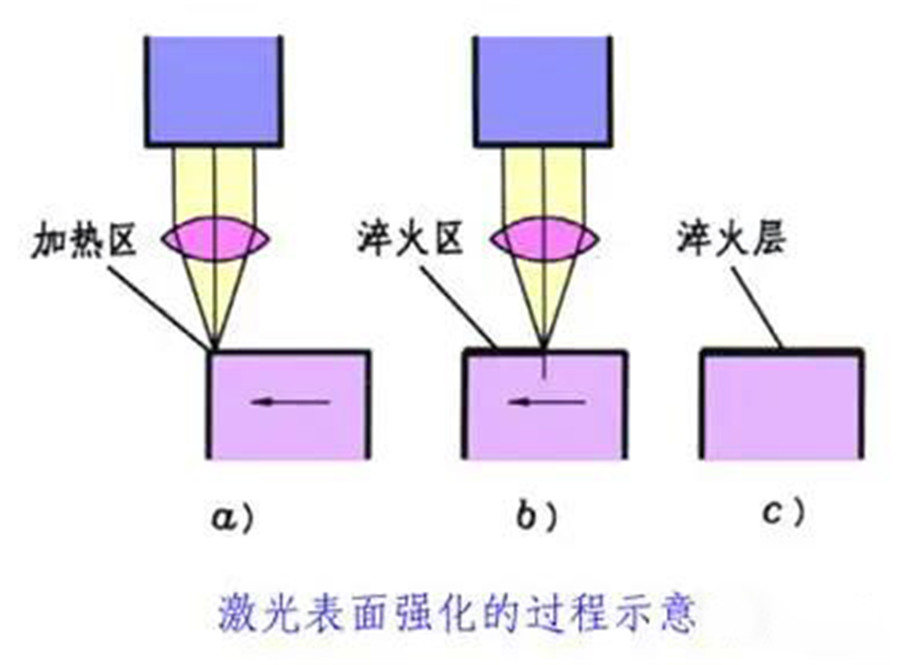
Laser surface strengthening can be divided into laser phase change strengthening treatment, laser surface alloying treatment, and laser cladding treatment.
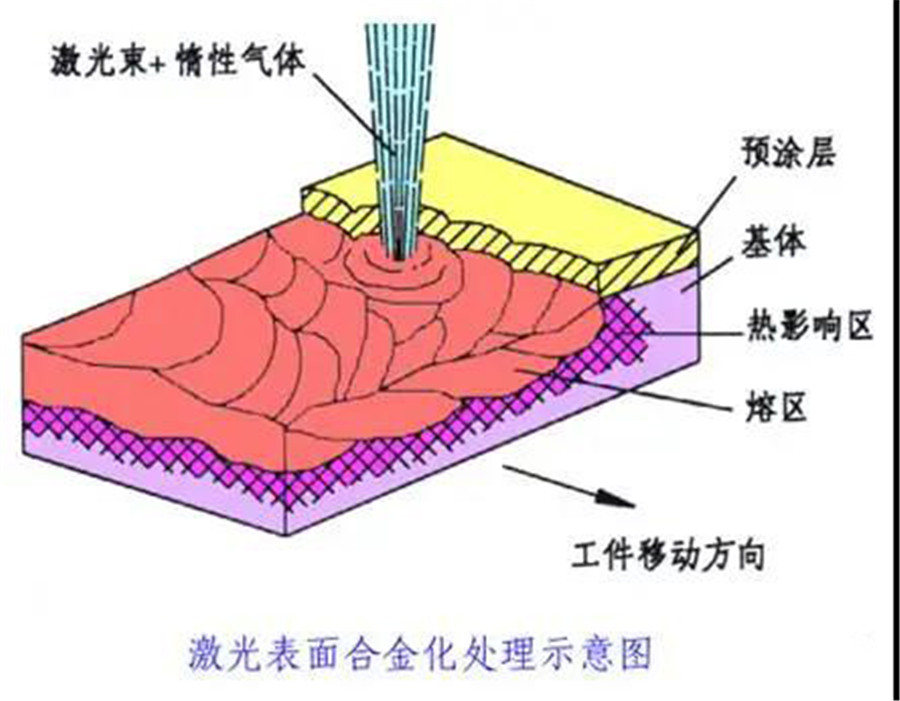
Laser surface strengthening is mainly used for locally strengthened parts, such as blanking dies, crankshafts, cams, camshafts, spline shafts, precision instrument guides, high-speed steel tools, gears, and internal combustion engine cylinder liners.
E. Blueing and phosphating
A process in which steel or steel parts are heated to an appropriate temperature in air-water vapor or chemical drugs to form a blue or black oxide film on the surface. Commonly used in precision instruments, optical instruments, tools, hardness blocks, and standard parts in the machinery industry.
The process of immersing the workpiece (steel or aluminum, zinc) into the phosphating solution (some acid-based phosphate-based solutions), and depositing a layer of insoluble crystalline phosphate conversion film on the surface is called phosphating. Phosphating is widely used in anti-corrosion technology, metal cold deformation processing industry.
2. Chemical surface heat treatment
A. Chemical surface heat treatment:
Chemical heat treatment is a heat treatment process in which the workpiece is placed in a specific medium for heating and insulation so that the active atoms in the medium can penetrate the surface of the workpiece to change the chemical composition and structure of the surface workpiece and then change its performance.
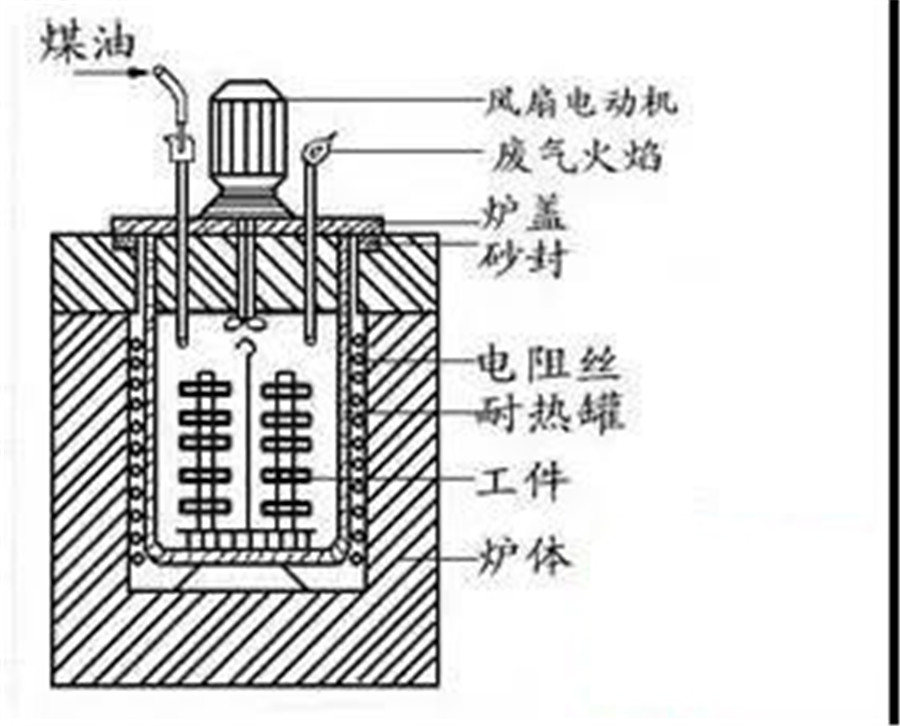
Commonly used chemical heat treatment:
Carburizing, nitriding (commonly known as nitriding), carbonitriding (commonly known as cyanidation and nitrocarburizing), etc. Sulfurizing, boronizing, aluminizing, vanadiumizing, chromizing, etc.
3. Surface strengthening
Surface deformation strengthening refers to a surface strengthening process that plastically deforms a steel piece at room temperature to form a surface compressive stress, so as to increase its surface hardness and generate a favorable residual compressive stress distribution.
A. Shot peening
Shot peening is a technology in which a large number of high-speed moving projectiles are sprayed onto the surface of the part to cause certain plastic deformation of the surface and subsurface of the part to achieve strengthening.
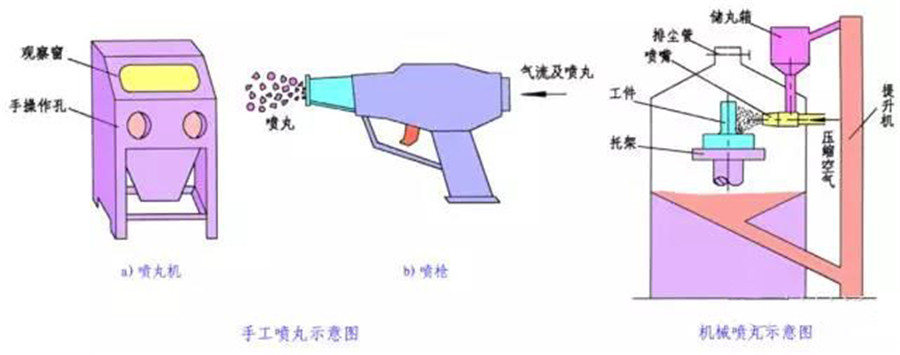
B. Rolling treatment
Use freely rotating hardened steel rollers to roll the machined surface of the steel part to produce plastic deformation, flatten the rough peaks on the surface of the steel part, and form a favorable residual compressive stress, thereby improving the wear resistance and wear resistance of the workpiece. Anti-fatigue ability.
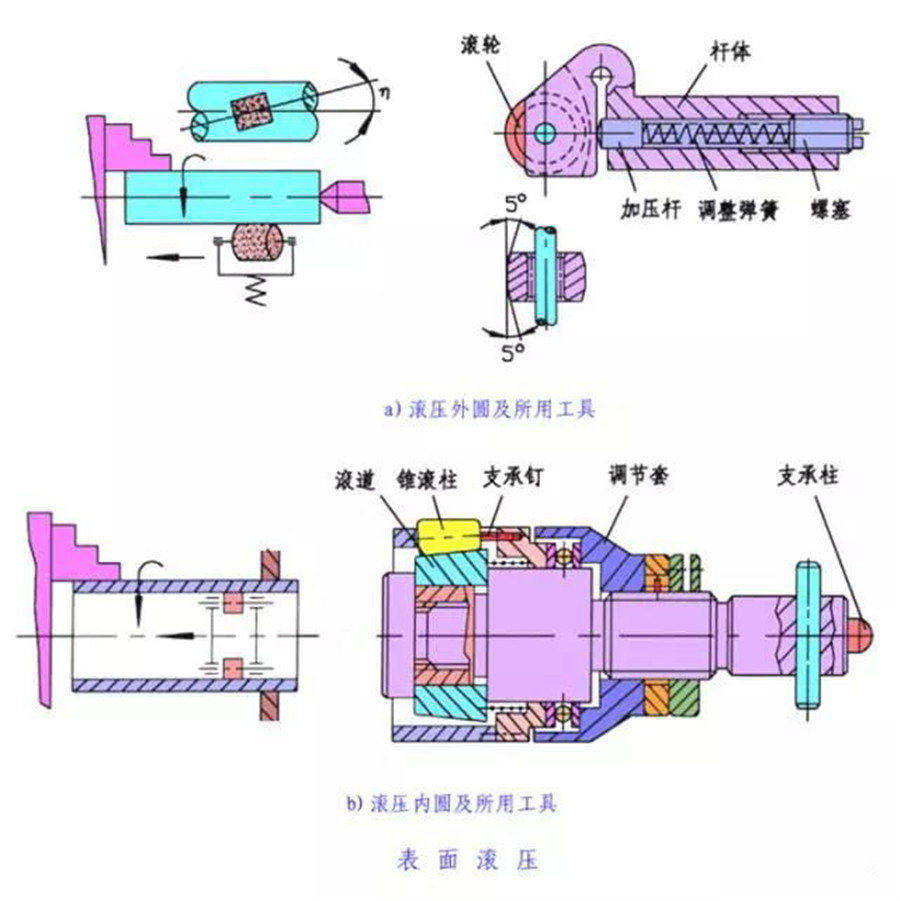
C. Surface extrusion
Surface extrusion is to squeeze a steel ball with a diameter slightly larger than the hole diameter or other shape expansion tool through the processed inner hole of the workpiece at room temperature to obtain an accurate, smooth, and strengthened surface.
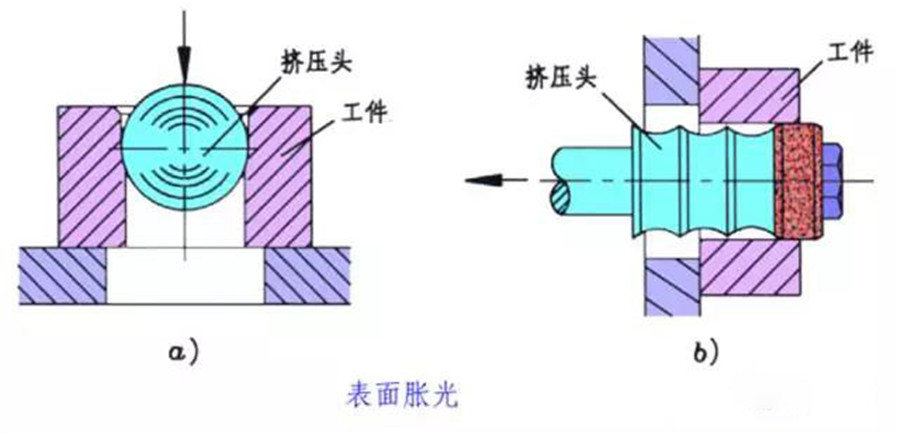
4. Surface coating strengthening
Surface coating strengthening is a surface strengthening process in which one or more layers of other metals or non-metals are coated on the metal surface by physical or chemical methods. Improve the wear resistance, corrosion resistance, and heat resistance of steel parts
A. Metal spraying technology
The process of heating metal powder to a molten or semi-melted state, atomizing it with a high-pressure airflow, and spraying it on the surface of the workpiece to form a coating is called thermal spraying. The use of thermal spraying technology can improve wear resistance, corrosion resistance, heat resistance, and insulation of the material.
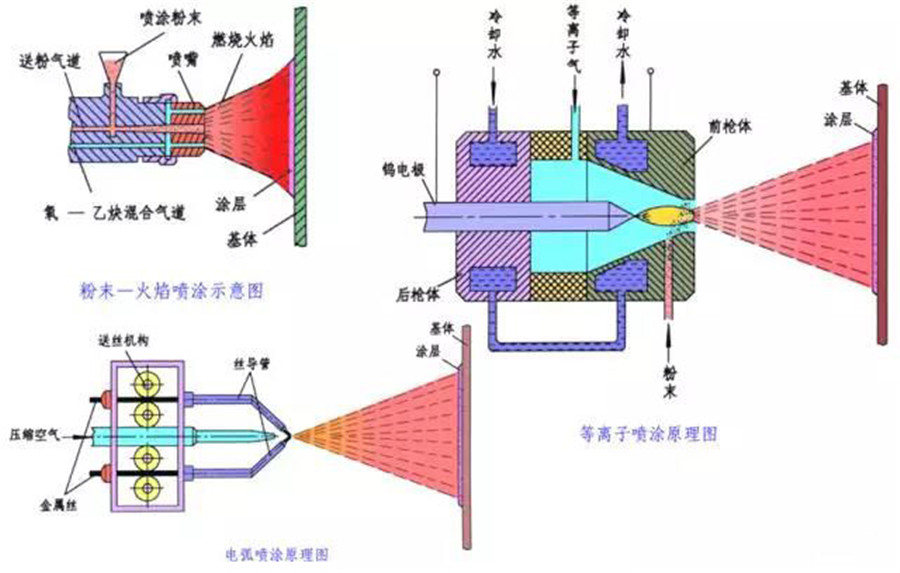
Covering the surface of the base material with one or more layers of metal plating can significantly improve its wear resistance, corrosion resistance, and heat resistance, or obtain other special properties. There are electroplating, chemical plating, composite plating, penetration plating, hot-dip plating, vacuum evaporation, spray plating
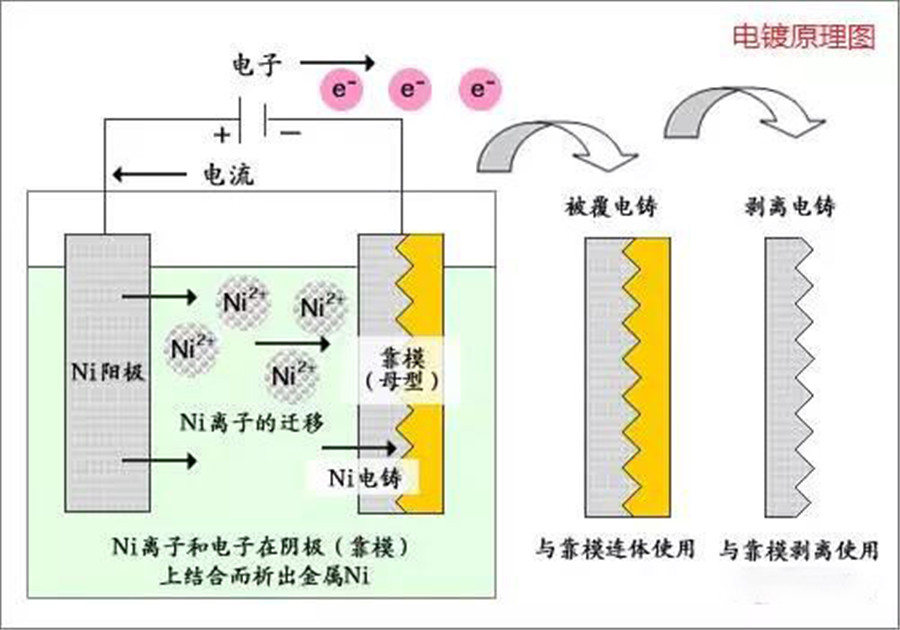
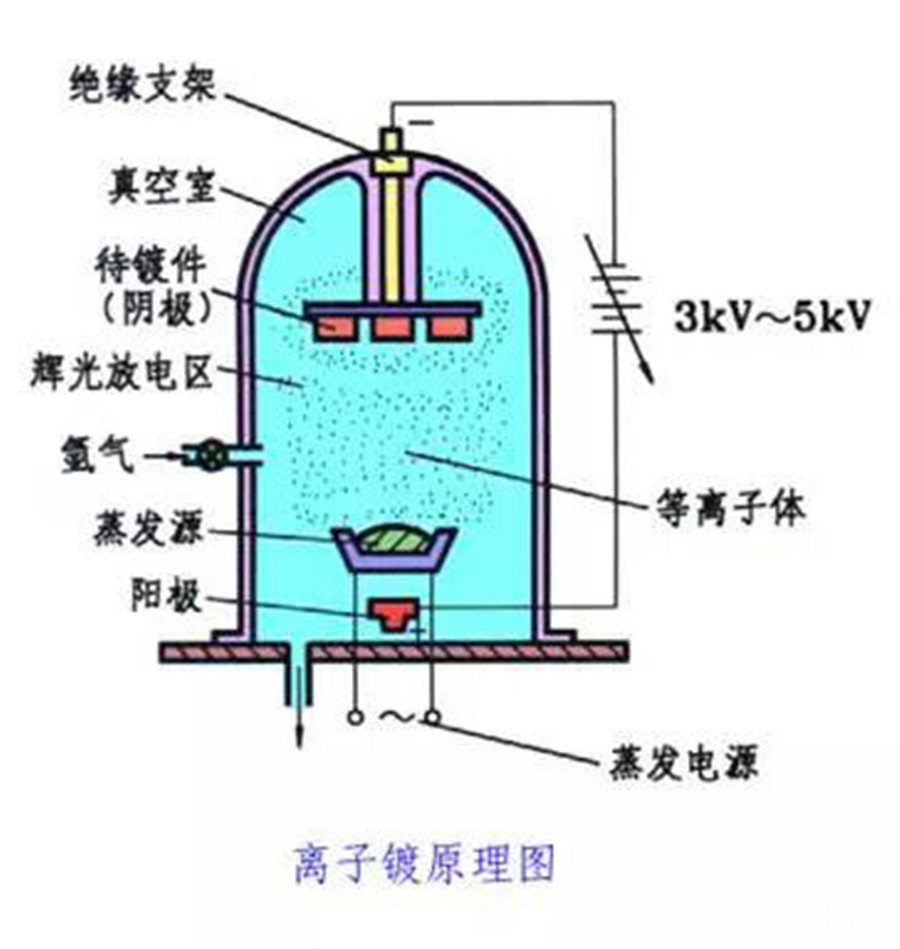
Physical Vapor Deposition (PVD)
Physical vapor deposition refers to the use of physical methods to vaporize materials into atoms, molecules, or ionize into ions under vacuum conditions, and deposit a thin film on the surface of the material through a gas phase process.
The physical deposition technology mainly includes three basic methods: vacuum evaporation, sputtering, and ion plating.
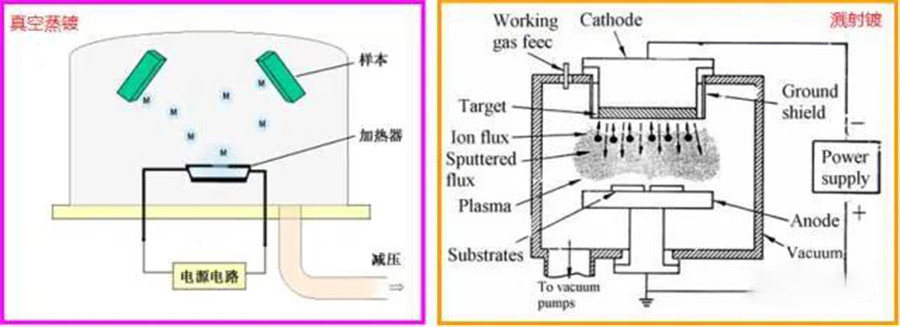
Physical vapor deposition has a wide range of applicable base materials and film materials; simple process, material saving, and no pollution; the obtained film has strong adhesion to the film base, uniform film thickness, compactness, and few pinholes.
It is widely used in the fields of machinery, aerospace, electronics, optics, and light industry to prepare wear-resistant, corrosion-resistant, heat-resistant, conductive, insulating, optical, magnetic, piezoelectric, lubricating, superconducting, and other thin films.
Chemical Vapor Deposition (CVD)
Chemical vapor deposition refers to a method in which a mixed gas interacts with the surface of a substrate at a certain temperature to form a metal or compound film on the surface of the substrate.
Because the chemical vapor deposition film has good wear resistance, corrosion resistance, heat resistance, electrical, optical, and other special properties, it has been widely used in machinery manufacturing, aerospace, transportation, coal chemical industry, and other industrial fields.
5. Surface cleaning
A. Polishing
Polishing is a finishing method to modify the surface of parts. Generally, only a smooth surface can be obtained, and the original processing accuracy cannot be improved or even maintained. Depending on the pre-processing conditions, the Ra value after polishing can reach 1.6~0.008 mm.
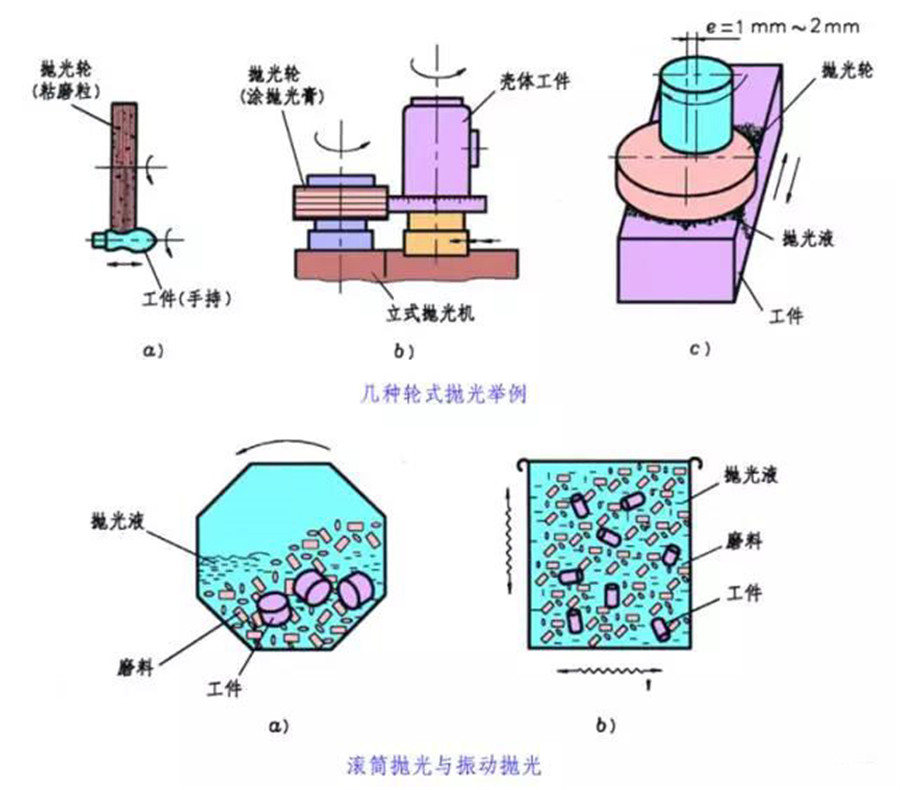
click here to leave a message